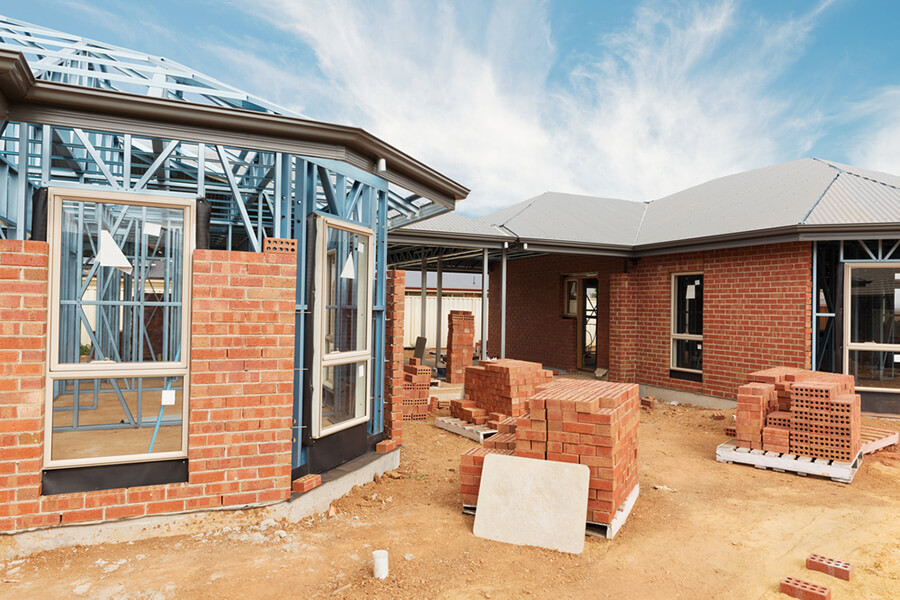Estimate the cost of a construction?
- May 24, 2023
- 12:56 am

Estimating the cost of a construction project involves a detailed analysis of various factors and components. While it requires experience and expertise, here are some general steps to help you get started with estimating the cost of a construction project:
1. Scope Definition: Clearly define the project scope and objectives, including the type of construction, size, complexity, and desired quality standards.
2. Takeoff and Quantification: Perform a takeoff, which involves reviewing project drawings, specifications, and other relevant documents to determine the quantities of materials, labor, and equipment required. This step involves measuring and quantifying items such as concrete, steel, roofing, electrical components, etc.
3. Material and Equipment Pricing: Research and obtain up-to-date pricing information for construction materials, such as lumber, cement, pipes, fixtures, etc. Contact suppliers, review catalogs, or use online databases to gather accurate pricing data. Similarly, consider the costs associated with renting or purchasing required construction equipment.
4. Labor Costs: Estimate the labor requirements based on the project’s scope and complexity. Consider the various trades involved, such as carpenters, electricians, plumbers, masons, and their corresponding wage rates. Also, consider the duration of the project and the number of labor hours required for each task.
5. Subcontractor Bids: If the project involves subcontracting certain tasks, obtain bids from subcontractors for their respective scopes of work. Review and compare the bids to ensure they align with the project requirements and specifications.
6. Overhead and Indirect Costs: Account for indirect costs associated with the project, such as project management, insurance, permits, utilities, site office expenses, temporary facilities, and any other miscellaneous costs.
7. Contingency: Add a contingency amount to the estimate to account for unforeseen circumstances, such as design changes, weather delays, or unforeseen site conditions. The contingency is typically a percentage of the total estimated cost, and the percentage may vary based on the project’s risk level.
8. Markup and Profit: Include a markup or profit margin to cover the overhead costs, administrative expenses, and to generate a reasonable profit for the contractor. The markup percentage can vary based on the contractor’s business strategy, market conditions, and project-specific considerations.
9. Cost Calculation and Documentation: Sum up all the estimated costs, including materials, labor, subcontractor bids, indirect costs, contingency, and profit. Present the estimate in a clear and organized manner, specifying the individual cost components and providing a breakdown for each major construction phase if necessary.
It’s important to note that construction cost estimation is a complex process that requires experience, knowledge of local market conditions, and familiarity with construction practices. It’s recommended you consult with industry professionals, such as What’s It Cost estimators, who have expertise in construction cost estimation to ensure accuracy and reliability.
